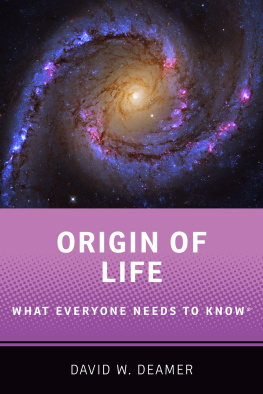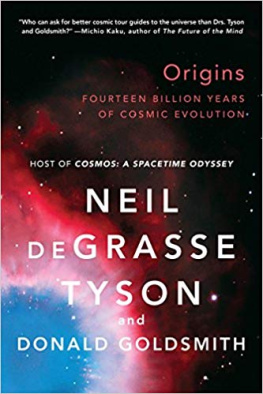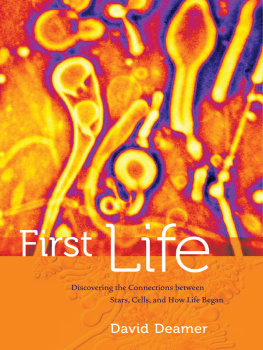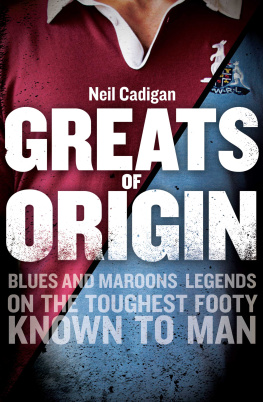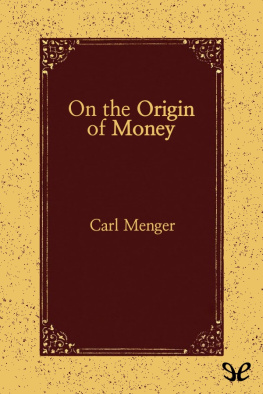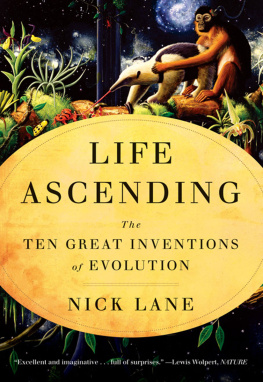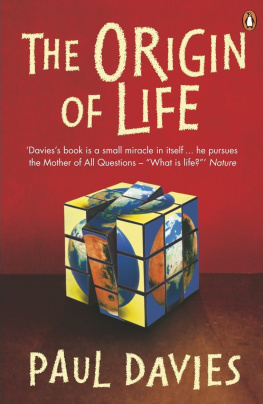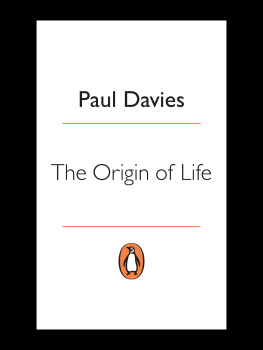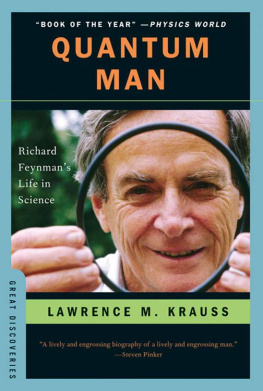THE ORIGIN OF LIFE CIRCUS
A How To Make Life Extravaganza
SUZAN MAZUR
Copyright 2014, 2016 by Suzan Mazur
All Rights Reserved
Caswell Books New York
ISBN: 978-0-692-30849-3
For Peter and Florence Rosemary

CASWELL BOOKS NEW YORK
Contents
The Origin of Life Circus
S cience is about social momentum. Its a circus of controversy, particularly origin of life science, which isnt really even a science -- its a Big Top of exquisite conjecture, a field of wild imaginings waiting to be tamed inside the Who We Are And Where We Came From tent. No one can yet say what the origin of life narrative is despite the fanfare: trumpets, thundering hooves, flared nostrils, firebreathing and other posturing, and so the clash of expert opinion makes for a light show with all the color of a supercollider collision event...
Somewhere around the spring of 2012, I began to notice that the investigation into origin of life was ramping up. Id previously learned during interviews in 2008 for my last book that there were already a thousand scientists in various parts of the world probing lifes greatest mystery through an affiliation with NASA Astrobiology Institutes search for the origin, distribution and future of life in the Universe. Former NAI director Bruce Runnegar told me at the time that there were also hundreds of institutions receiving funding from NAI. Of course that didnt account for those laboratories unrelated to NAI researching origin of life, including synthetic cell development, in whole or in part.
In the past six years, theres also been an increasing cross-disciplinary flavor to the field. Young scientists have been encouraged to pursue a career in origin of life research whether their area is biology, chemistry, geology, physics, biophysics, biochemistry, geochemistry, geophysics, astrophysics, whatever.
Philanthropy, a substantial amount coming indirectly from Wall Street, is currently driving interest in the origin of life investigation. Scientists are also seeking direct investment. A few are even selling origin of life jewelry -- peridot, apatite, a rainbow of tourmaline -- whatever it takes to keep the circus wagons rolling.
Its an irresistible story that few journalists are following, partly because origin of life is a difficult subject. Fewer still have been covering the politics, even though as I write, the battle lines of the origin of life camps, i.e ., the metabolists, the compartmentalists, and the geneticists are still clearly visible. So I began reporting on developments and controversies in a series of feature interviews with dozens of the most compelling scientists. Excerpts of those conversations follow.
The beginning of my investigation into the investigation of origin of life roughly coincided with Harry Lonsdales Origin of Life Challenge, his pledge of $2M for the best papers, the best hypotheses for how life started. There was now a race on!
Harry Lonsdale considered his plunge into origin of life research the second biggest thrill of his life. Sadly, the field has lost his boundless enthusiasm. Harry Lonsdale died just weeks ago at age 82.
Lonsdale was a retired chemist and wealthy businessman who ran three times unsuccessfully for the US Senate from Oregon. He was looking for creative chemistry in the 76 proposals on origin of life he received between 2011 and 2012 in response to his announced competition.
In June 2012, Lonsdale began awarding research money to his prize winners -- British chemists John Sutherland and Matthew Powner. An American team and Canadian team were also recipients of Lonsdale research funds. The three teams were refunded in 2013, and again in 2014.
Harry Lonsdale did not publicly share information about the proposals that failed to make it to the top of the heap, papers that could be worth further scrutiny. Our interview, The Harry Lonsdale Prize, is the books opening chapter.
But while Lonsdales initial intention may have been to figure out the origin of life, it has become increasingly clear that we cant go back in time to that precise moment of lifes emergence because so far we dont have the tools to determine what the exact conditions were (assuming we live in a 3D world, Fermi Lab is now checking if its 2D -- a hologram!).
) puts it, there are no experts. This has been the state of affairs ever since the seminal work of Soviet biochemist Alexander Oparin in the 1920s with his conceptualization of droplets of life he called coacervates.
As a result, my interest in the field continues to be the politics of the investigation into origin of life as much as the science itself.
Indeed, it is because of the sense of futility in understanding the exact origin of life that some scientists decided to move the goal to that of making life in the lab, i.e ., synthetic cell development, with the rationale that making a toy model of life could be the best way to piece together the puzzle. They call their research origins of life rather than origin of life to reflect that there may be an indefinite number of possibilities.
The three bottom-up approaches to making a synthetic cell are: (1) a protocell from scratch (Szostak, Sutherland et al .), (2) a minimal cell built from existing natural parts consisting of 200-400 genes (Vincent Noireauxs lab at the University of Minnesota, e. g .), (3) an artificial cell made from artificial parts (Steen Rasmussen at the University of Southern Denmark et al .).
The push to make a protocell is only a decade or so old. For example, in 2002, four scientists -- physicists Norman Packard and Steen Rasmussen, chemist John McCaskill and philosopher Mark Bedau (dubbed the Four Protocell Musketeers by author Ed Regis) made a pact to build a synthetic cell with $14M in research funds from Los Alamos, the European Commission and Packards own pockets. In my interview with Rasmussen ( ), we discuss how his estimate that wed have a protocell within a decade was obviously wrong. Rasmussen believes it is now very close to happening.
Norm Packard ( the time led to a reorientation of the company. As I write, ProtoLife is no longer in development on a synthetic cell and some of Packards former researchers have moved on to other synthetic cell labs.
The anointed scientist of the origin of life field is currently Harvard University biologist and Nobel laureate Jack Szostak. Astrophysicist Mario Livio goes further, dubbing Szostak, The Leader of Origin of Life Studies in the Universe.
Szostak sees genetic material, i.e ., RNA (ribonucleic acid) that can replicate as essential to his protocell. He is trusted and has the respect of his peers because his science is formidable -- although some in rival camps regard him and his allies as the enemy.
Another revered figure in the origin of life community is biochemist Pier Luigi Luisi. Following the official meeting of ISSOL (International Society for the Study of the Origin of Life and Astrobiology Society) this year in Nara, Japan, Luisi chaired the unofficial meeting on open questions.
Luisi was relatively unmoved by the ISSOL pronouncements and now thinks that we need to come away from the DNA or RNA-centered view of life. That we need a fresh start, all new mindstorms.
Says Luisi:
[T]he prerequisite for the origin of life is the onset of kinetic control -- namely catalysis -- something which permits a departure from thermodynamic control. ( -- Rethinking the Circus)
Nevertheless, in May 2014 at the World Science Festival in New York, Jack Szostak announced he hoped to have life in the lab -- or Generation II, as Harvard astrophysicist Dimitar Sasselov calls it -- in three to five years (closer to three years). Szostak confirmed to me that hes working bottom up, from scratch and that John Sutherland, Matt Powner and others are being consulted on the ingredients he will put into his lipid (
Next page

